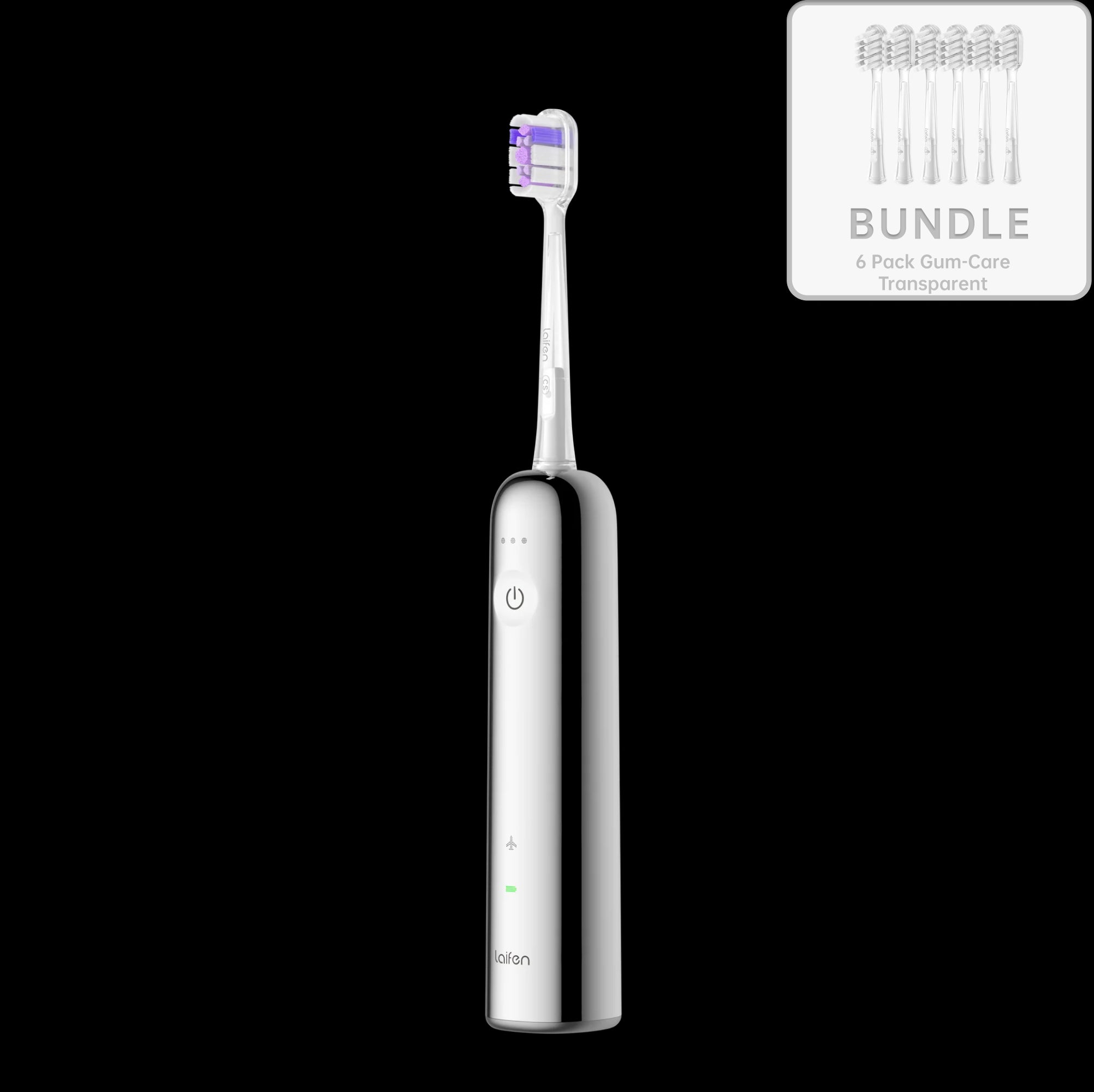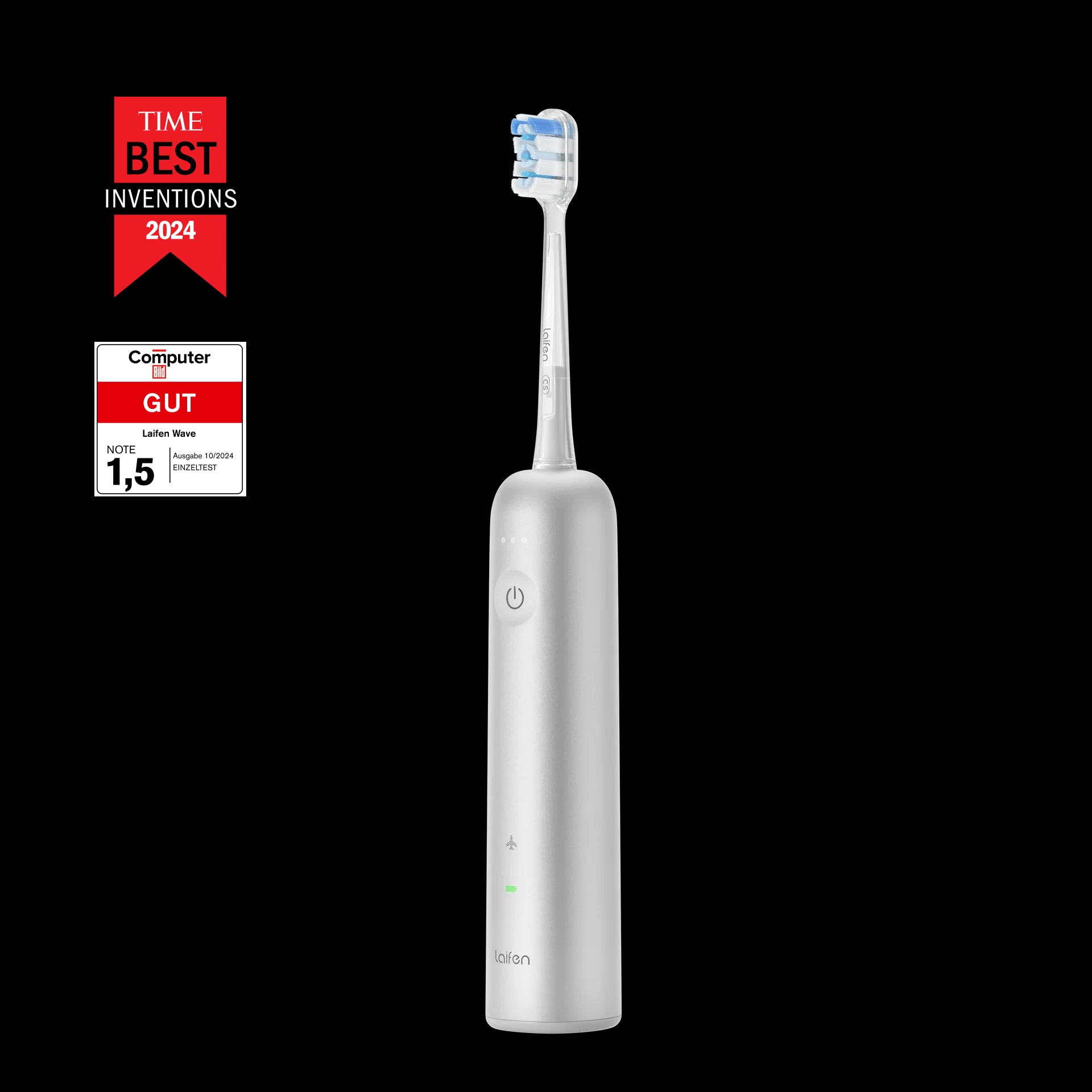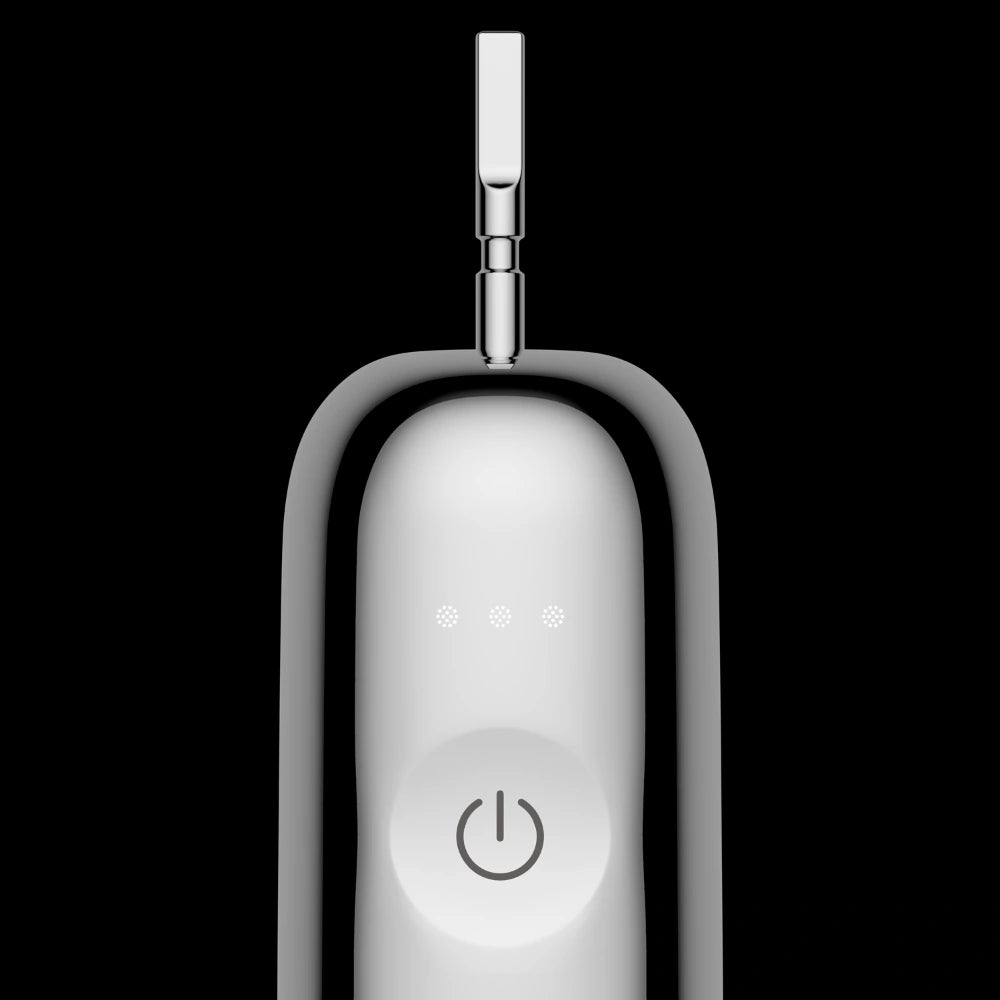
In this article
Bone loss in teeth and gums is a critical aspect of everyone's oral health but often overlooked. Recent research links bone loss not only to tooth loss but also to serious health conditions like heart disease.
Symptoms, including loose teeth and receding gums, can indicate issues like periodontal disease. Timely intervention is what you need to pay attention to, as untreated loss of bone can lead to irreversible damage.
Understanding its implications underscores the importance of regular dental check-ups and proactive oral care. Now, are you ready to know more about prevention and treatment to safeguard both oral and overall health with me.
Understanding bone loss
Causes:
-
Bacterial infection in the gums leading to inflammation and bone damage
-
Inadequate brushing and flossing can lead to plaque buildup
-
Hormonal fluctuations, such as those during pregnancy or menopause
-
Conditions like osteoporosis can weaken bones
-
A diet lacking in essential nutrients can weaken the immune system
-
Habitual teeth grinding or clenching
-
Injury to the mouth or jaw can damage the bone structure
Symptoms
Loose teeth: As it progresses, the teeth may lose support from the surrounding bone. Learn how to keep loose teeth from falling out.
Receding gums: It can cause the gums to pull away from the teeth, exposing more of the tooth root and creating a "long-tooth" appearance. Our Laifen Wave is the best electric toothbrush for receding gum.
Changes in bite alignment: Significant bone loss can alter the alignment of the teeth and makes changes in how the upper and lower teeth fit together when biting or chewing.
Increased tooth sensitivity: As the protective bone surrounding the teeth diminishes, you may experience heightened sensitivity to hot, cold, sweet, or acidic foods and beverages.
Before and after bone loss in teeth
Before and after the loss in bone in teeth can present notable differences in oral health and appearance:
Before
-
Healthy bone structure supports the teeth firmly in place
-
Gums fit snugly around the teeth
-
Teeth appear stable, with no noticeable mobility or shifting
-
Bite alignment is normal
After
-
Reduced bone density weakens the support system for the teeth
-
Receding gums expose more of the tooth root
-
Teeth may shift or tilt due to inadequate support from surrounding bone
-
Increased risk of tooth loss and other complications associated with advanced gum disease
How to slow down bone loss in teeth?
If you want to know methods to slow down bone loss on your teeth, 4 ways may be helpful for you.
1. Diligent oral care
Brush teeth twice daily with fluoride toothpaste to remove plaque buildup and prevent gum disease.
Floss daily to clean between teeth and along the gumline, where toothbrushes can't reach effectively.
Use an antiseptic mouthwash to further reduce bacteria and maintain oral hygiene.
2. Lifestyle adjustments
Quit smoking, as tobacco use is a significant risk factor for gum disease and bone loss.
Maintain a balanced diet rich in calcium and vitamin D, essential for bone health.
Limit consumption of sugary and acidic foods and beverages.
3. Professional care
Schedule regular dental check-ups every six months.
Seek early intervention for any signs of gum disease or your loss bone detected.
Follow preventive measures or treatments, such as fluoride treatments or deep cleanings.
4. Home treatments
Use fluoride mouthwash to strengthen tooth enamel and prevent decay.
Apply topical treatments to target specific areas of concern.
Maintain consistent oral hygiene practices and adhere to any personalized recommendations.
Can tooth bone loss be restored?
Once it occurs, is irreversible. But various treatments can manage its progression and maintain existing bone structure. Procedures such as bone grafting and dental implants aim to stimulate new bone growth or provide support for existing bone.
These interventions can help preserve jawbone integrity and support oral function. Proactive management of gum disease and other factors are crucial in minimizing the extent of it.
While tooth bone's loss cannot be fully restored, preventive measures and regular dental care play a vital role in managing its impact. Maintaining optimal oral hygiene, including regular brushing, flossing, and dental check-ups, is essential.
Lifestyle factors such as avoiding smoking and maintaining a balanced diet rich in essential nutrients also work. In cases where tooth bone loss has progressed significantly, you need to consult with a dental professional.
Last words
While tooth bone loss is irreversible, proactive management through treatments like bone grafting and dental implants can preserve oral aesthetics. Early detection care are crucial. Remember, seeking timely dental intervention can help minimize the impact of this tooth loss type.

























